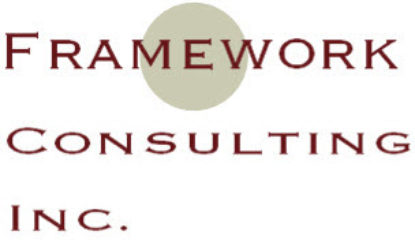Studies consistently show that most strategic plans fall short.
The reasons are varied, but a common mistake stands out: teams often assume they understand “strategic” planning, only to end up misguided, compromising their organizations’ success. Often, what they call a “strategic plan” lacks real strategic thought.
How Missteps Occur
If you’ve ever reviewed a company’s strategic plan, you’ve likely seen a list of ambitious goals. They may be grouped in catchy ways, but as you read through, doubts surface. Why?
You sense the organization may lack the resources or focus to achieve all these objectives simultaneously. The longer the list, the more you suspect it may be abandoned when daily issues arise, with lofty goals slipping out of view.
Redefining “Strategic”
One way to prevent this common pitfall is to rethink how we use the term “strategic.” Today, the label “strategic” is often used casually to signal importance, so much so that it’s lost its impact, and audiences tune it out. This isn’t just a communication issue. When teams invest time in a strategic retreat, they expect the final plan to be truly strategic, yet often that’s not the case.
Typical brainstorming sessions encourage a mix of ideas and positive intentions without much structure. The result is often an extensive report of hopeful outcomes, which can look similar to other plans within the industry—ultimately, another reason for failure.
Enter the Strategy Triad
Peter Compo’s book *The Emergent Strategy* introduces a helpful redefinition of “strategic” by proposing a triad approach:
1. Aspiration: A meaningful, challenging goal that requires effort and won’t happen automatically.
2. Bottleneck: The main obstacle preventing the organization from achieving its aspiration(s).
3. Guiding Principle: A decision-making rule to help navigate actions that address the bottleneck.
Consider a store aiming to increase profits. If the biggest bottleneck is low brand recognition, the guiding principle could be to improve brand awareness through multiple channels—online, in-store, and through partnerships.
Applying the Strategy Triad
At a recent strategic planning retreat, a leadership team was challenged to apply the triad. Initially, it was difficult; identifying bottlenecks from new perspectives required collaboration and creativity, especially without cross-functional data, which led them to rely on firsthand experiences. Yet, they successfully defined bottlenecks and guiding principles that empowered employees to align their daily choices with the strategic plan. This alignment is what leaders want but is often rare.
Why Alignment is Rare
Leadership teams often avoid the challenging, healthy conflict required to build a robust strategy triad. They may take the easier path, creating lists of goals rather than diving into critical strategic planning. Alternatively, when discussions become too heated, leaders may intervene prematurely, cutting off debate and limiting essential buy-in.
To achieve meaningful alignment, it’s important to work through differing viewpoints until agreement is reached. Though challenging, this process builds the intellectual and emotional commitment needed for successful execution. By persevering through difficult conversations, leaders can significantly improve their strategic plans’ success and longevity.
Francis Wade | Not everything is strategic | Business | Jamaica Gleaner

